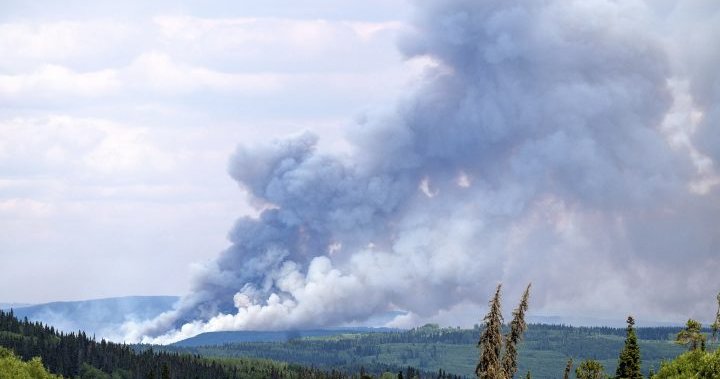
Wildfire smoke spotlights need for better indoor air quality, experts say
Global News
Experts say current air quality recommendations for public spaces are not sufficient to prevent small particulate matter, including pollutants in smoke, from circulating indoors.
Wildfire smoke hanging over communities across Canada in recent months has highlighted the need for better ventilation in buildings used by the public, experts say, urging the establishment of strong indoor air quality standards.
Health concerns over smoke from forest fires were pushed to the forefront this week after a nine-year-old boy in British Columbia died from asthma exacerbated by wildfire smoke.
Experts say current air quality recommendations for public spaces are not sufficient to prevent small particulate matter, including pollutants in smoke, from circulating indoors.
As wildfires are expected to grow in the coming years _ estimates have said they will increase 25 per cent by 2030 _ thinking about how to make indoor air safer to breathe is paramount, experts say.
“Particulate matter, fine particles in the air _ smoke being one of them _ is by far the most harmful pollutant and what causes the most damage to public health,” said Joey Fox, an HVAC engineer and chair of the indoor air quality advisory group for the Ontario Society of Professional Engineers.
Regulations on air quality vary across federal and provincial jurisdictions but none mandate the use of high efficiency particulate air _ or HEPA _ filters, or those that have a minimum efficiency reporting value of 13 _ termed MERV-13 _ or higher.
Many organizations are opting to improve their ventilation systems, but Fox believes high-quality filters should be a requirement, not a suggestion.
“Buildings have been making us sick,” he said. “Using filters that help protect people is really something that we need to do moving forward.”













